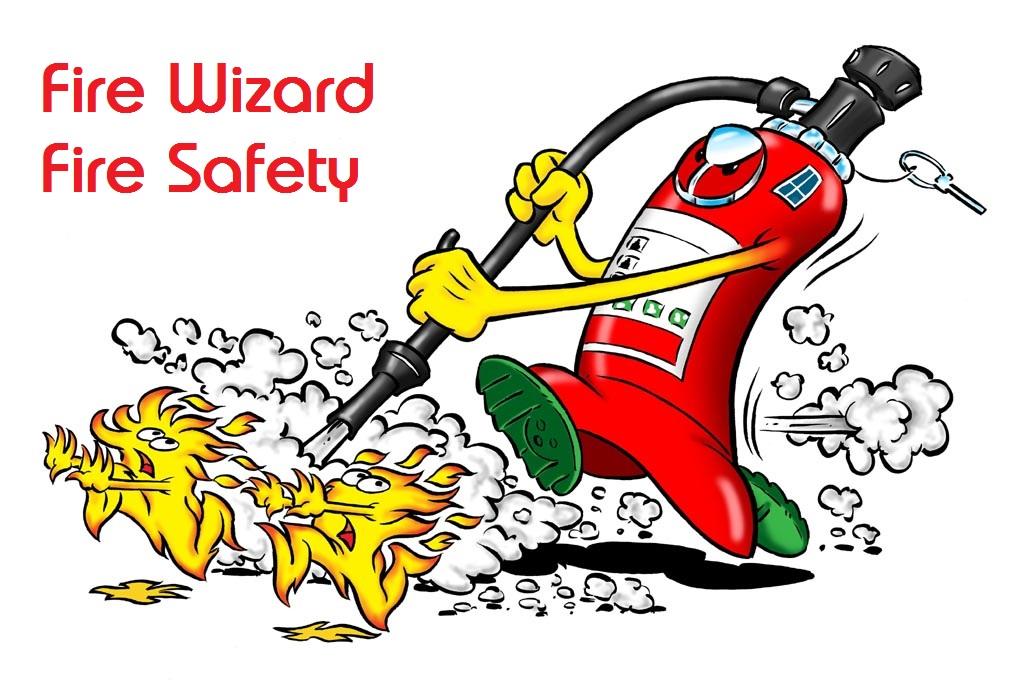-
Posts
2,570 -
Joined
-
Last visited
Everything posted by AnthonyB
-

Legal requirement for FRA document in block of 6 flats?
AnthonyB replied to SamF's topic in Fire Risk Assessments
There is no regulation per se, but the wall linings in general (be they paper, paint, wood or something else) do have flammability requirements based on the fact they are escape routes, certain wallpapers would not meet these. They should be to BS Class 0 or Euro class B-s3,d2 -

plastic electric meter cabinets in common parts
AnthonyB replied to a topic in Fire Risk Assessments
Plastic meter cabinets in an escape route of flats can result in enforcement action, I've seen cases published. These can help, you don't always need to build a big cupboard: https://envirograf.com/product-category/electrical-and-plumbing/consumer-unit-protection/ -
No they aren't and don't replace the need for emergency lighting unless part of a photo-luminescent way guiding system (& you need to keep your lights on all the time to ensure the material is 'charged' with light)
-
No requirement for EL in hotel bedrooms, surprised you haven't just removed them.
- 17 replies
-
- emergency lighting
- hotel
-
(and 1 more)
Tagged with:
-
Locating the panel near the main entrance is to aid the fire service, however if you indicate it's location clearly with signage this is sometimes accepted. Is the panel covering the whole building?
-

Fire/Heat Alarms in 2-Storey Flats with Separate Entrances
AnthonyB replied to John Lucas's topic in Fire Alarm Systems
Assuming it's not in Scotland then if it's a conversion that would have been in accordance with the Building Regulations as if it was done post 1991 and thus has adequate fire resistance between the two flats then as an absolute minimum they would require what is called an LD3 system where the hallway and any upper/lower landings if on multiple levels require a smoke alarm. Whilst the alarms should ideally be what is called Grade D i.e. mains powered with a back up power supply (now split into D1 & D2 based on what source the secondary power is) if this is a retrospective upgrade not subject to Building Regulations Grade F i.e. battery only, no back up (again split this year into F1 & F2) would be acceptable but not as robust (there have been fire deaths in houses with Grade F devices due to flat or removed batteries). If more than one is installed they should be interlinked by cable or radio signal The British Standard for residential fire alarm systems (BS5839-6:2019) recommends a higher level of protection, using Grade D equipment to category LD2 - where in addition to the hallways and landings you have a heat alarm in the kitchen and a smoke alarm in the Living Room, all interlinked -
The LGA Guide is the authoritative (but not prescriptive) guidance but unless the site has a concierge or caretaker trained to use it I don't always bother as in flats these rooms should be fire resisting compartments and the lift engineer should also be able to escape without resort to an extinguisher. For any higher risk (e.g. hot works) in the room an extinguisher should provided by the contractor as part of the Hot Works Permit process. Where the site is staffed and I provide a couple of risk specific extinguishers I often use the P50 range where the concierge/caretaker/TMC representative can carry out the annual check themselves at no cost.
-
As most purpose built flats don't require fire alarms, just detection for smoke vent operation, they may just be testing the system silently to see it opens the vents or actually be the correct system with no alarm sounders so in these cases you wouldn't know it was being tested.....or of course they simply aren't actually doing it!
-
No. Wall, cabinet, stand, plinth, shelf and cabinet mounting would all suit as long as the extinguisher are not higher than the maximum height for the size/weight. Technically, whilst obviously a very good idea, there is no explicit legal requirement to wall or stand mount an extinguisher (unlike the provision of signage which is) M&S don't and never have done, the only change they made after current legislation came in was to add suitable signs.
-
As far as I recall as it's new there is no need to until next year.
-
There is a difference in terminology between the UK and some mainland European countries with regards to extinguishers. In most countries they don't have Foam extinguishers as such (unless referring to obsolete chemical foam or specialist foam branchpipe extinguishers) but what they call Water with additive, which traditionally was a water based extinguisher with a spray nozzle & AFFF charge that was of a suitable concentration and quantity to be able to seal Class B fires as well as tackle Class A fires. In the UK, where low expansion branchpipe extinguishers were common in the past the spray version was classed as foam spray. At this time in the UK water extinguishers were plain water jet for Class A fires only. In the 90's water extinguishers with a spray nozzle were introduced that had a synthetic Class A additive that breaks the surface tension of the water increasing the penetration capability allowing a 3 litre extinguisher to achieve the same Class A rating as a 9 litre water jet. The additive mix when discharged looks like an AFFF discharge and is chemically similar, but usually not in the right formulation or concentration to effectively tackle a Class B fire and wouldn't usually 'seal' like foam.
-
Ah - if it's Spain then your fire codes are totally different, apartment blocks there do still require extinguishers, usually 6 kg Powder and on every floor (with more than one per floor if travel distances are excessive, I don't have the detail though)
-
Which country is this? I can't think of a UK Brigade advocating private houses put a 4 or 6kg Powder in?
-

How often do we need to certify emergency lighting?
AnthonyB replied to a topic in Emergency Lighting
Technically no grace period, but realistically a few days either way doesn't matter, if it's within a month it shouldn't be the end of the world either. -
Electric switchroom - CO2 Garage - Foam Everywhere else - nothing. Government Guidance: It is not normally considered necessary to provide fire extinguishers or hose reels in the common parts of blocks of flats. Such equipment should only be used by those trained in its use. It is not considered appropriate or practicable for residents in a block of flats to receive such training. In addition, if a fire occurs in a flat, the provision of fire extinguishing appliances in the common parts might encourage the occupants of the flat to enter the common parts to obtain an appliance and return to their flat to fight the fire. Such a procedure is inappropriate
-
Answered you via PM
-
If you are installing a Grade A system, yes (usually required in HMO's and recommended for very, very big houses)
-
Powder also risks wrecking the salon and equipment. Water mist simplifies cover as you only need one type, halving the number you need and making it easier from a training point of view. Water mist is safe on flammable liquids, but only small fires hence the lack of Class B marking on them, but the small quantities liable to be involved in your type of premises should still be covered. 3 litre mists have a 13B rating, 6 litre mist a 21B rating.
-
It's a Rafiki/Fike Multisensor. It's a combined smoke/heat detector that can be set to smoke only, heat only or multisensor smoke/heat and often includes an integral sounder. It forms part of either a Rafiki/Fike conventional twin wire fire alarm system or one of their addressable systems - both Part 1 Commercial systems with control & indicating equipment.
-
If one of the leaves is locking in that fashion then it is usually there to give extra width for loading/moving of large items/furniture and not part of the required exit width. You can interrupt seals for ironmongery such as locks, etc but it should be for as little of the edge as possible.
-

Building Standards or Building Regulations?
AnthonyB replied to Ussrdolphin's topic in Fire Risk Assessments
If it's an existing building the government risk assessment guides contain details on determining suitability. After that Approved Document B could be used. BS9999 only applies if a building is constructed in accordance with it and you can't apply individual parts of it to existing buildings - for it to be used a premises must meet the whole document. -
Assuming it's AFFF or some similar synthetic foam compound that's not the usual correct colour of the concentrate or solution, it looks like it's degraded and I would replace with fresh water and concentrate. As to cause, I'm not sure, could be solution age, contaminated water, exposure to extremes of temperature. I've seen old solution go like this in the old days of cartridge extinguishers sometimes where the water and solution is old and there has also been a reaction with the plastic of the lining and cartridge - was there a sludge on the cartridge and diptubes?
-

How can you stop children from a childcare centre leaving through a fire exit?
AnthonyB replied to a topic in Fire Exits
Not for fire safety purposes but for safeguarding it would certainly be advisable. -
Yes you do need an FRA for the shop which needs to consider the effects of a fire in the shop on other relevant persons i.e. the flat occupants. If there are no internal common areas to the flats they don't need an FRA but there are fire safety obligations under the Housing Act. I'd need to see the premises (i.e. doing your FRA) to advise accurately on the fire alarm.

